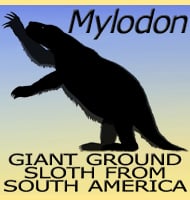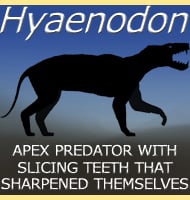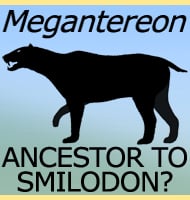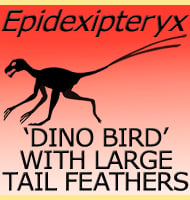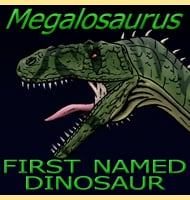In Depth
Although Alexeyisaurus was described from partial remains, it seems that further material was actually present at the site of its discovery. Still, the material recovered is enough to suggest that Alexeyisaurus is one of the earliest known elasmosaurid plesiosaurs, the group of plesiosaurs that had proportionately much longer necks than the more ‘standard’ plesiosaurs. Like others of this group Alexeyisaurus would have been a piscivorous hunter of fish and possibly squid which would have been caught by the mouth which contained long thin teeth, perfectly suited to catching this type of prey. Additionally the presence of a basal elasmosaurid like Alexeyisaurus during the late Triassic not only helps prove that they lived alongside other earlier plesiosaurs, but that they survived the extinction event that marks the end of the Triassic. This was a particularly bad one for oceanic life, and would not be seen on similar level until the end of Cretaceous extinction that saw an end to all of the large marine reptiles, as well as the pterosaurs and dinosaurs.
Alexeyisaurus was named in memory of the palaeontologist Aleksei Savvich Arkhangelsky.
Further Reading
– On a Typical Jurassic Sauropterygian from the Upper Triassic of Wilczek Land (Franz Josef Land, Arctic Russia). – Paleontological Journal. 44 (5): 567–572. – A. G. Sennikov & M. S. Arkhangelsky – 2010.


